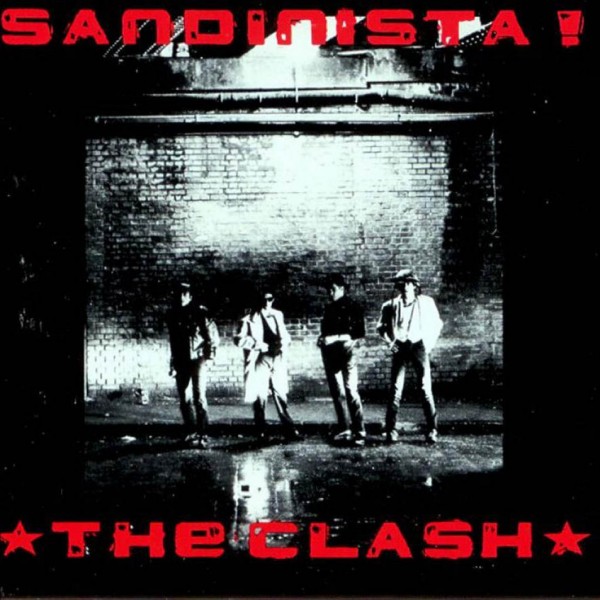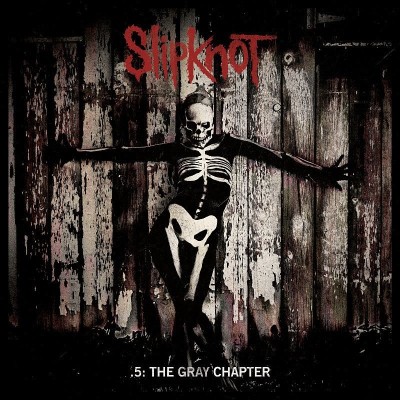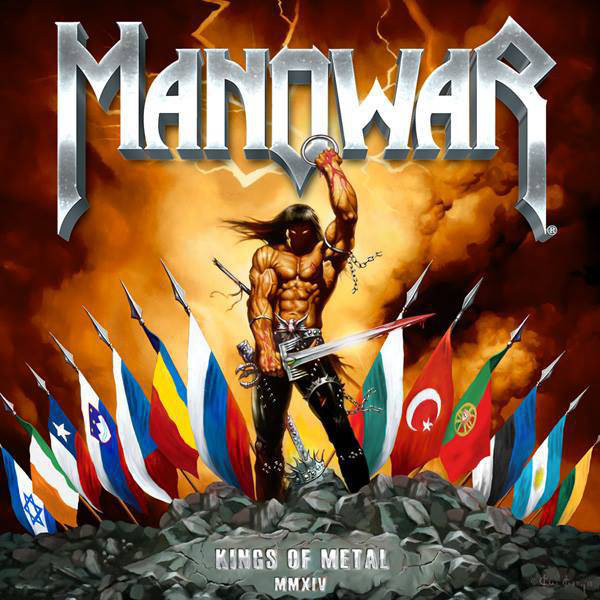 The album sounds incredible. It has a cool, glassy, smooth aesthetic, like expensive vodka. The reality that it’s just The Beatles’ “Ob-La-Di, Ob-La-Da” repeated thirty six times takes a while to sink in.
The album sounds incredible. It has a cool, glassy, smooth aesthetic, like expensive vodka. The reality that it’s just The Beatles’ “Ob-La-Di, Ob-La-Da” repeated thirty six times takes a while to sink in.
The songs mostly suck – puffy, wearisome tracks that make you think one minute in “very good, boys. I’ve gotten the point”…and they continue for another four minutes. Then the next song starts, and it’s exactly the same thing. The whole enterprise drips with pretension. “Mensforth Hill” is literally just another song played backwards, and I think if you listen closely you can hear evil Satanic messages (“we used to play punk rock…“).
What’s the point of this? Was the goal to write so much bad reggae that there would be no more bad reggae left to write? And why is it so long? In order to win a dick measuring contest with Bruce Springsteen, they fluffed Sandinista! out into a monstrous triple album that runs longer than every previous Clash LP combined. It would have been better at just forty minutes, but then I probably would have forgotten about it completely by now.
 “Sarcastrophe” is a good start. Hard to be negative about “The Negative One”. “Custer” made me giggle.
“Sarcastrophe” is a good start. Hard to be negative about “The Negative One”. “Custer” made me giggle.
On the whole, Slipknot do very little good here. They were always Insane Clown Posse with guitars, so I’m glad they’ve reverted to the fruity, unpretentious style of S/T thru to Vol 3 (or perhaps you’d prefer to hear their opinions about the Iraq war). But the songs aren’t catchy or interesting. This is a big problem.
Most of them ride predictable Machine Head-inspired groove riffs and double bass flurries – this is the type of album that make you feel like a sorcerer because you can predict exactly what will come next. Others attempt emotion and land with a splash in boredom.
“Approaching Original Gayness” (or whatever) sounds like “Before I Forget” with a sugary clean-sung chorus tacked on in a way that doesn’t make sense. Lead single “The Devil in I” starts out with an animated uptempo riff, then slows down and immediately starts spiralling the toilet. Boring idea after boring idea. I hate this song.
“Skeptic” is a tribute to bassist Paul Gray, who recently caught a bad case of dead. It has a cute chorus and not much else. “Goodbye” is long and tedious, speeding up and slowing down seemingly at random. If this song was an actual “goodbye” it would be an unwanted houseguest you’re trying to shoo out and who keeps trying to tell you his life story. Shut up already. Save it for your memoir. No, I won’t read it there, either.
At times the album barely sounds finished. The songs change from section to section haphazardly, and the tracklisting induces further whiplash. “Custer” and “The Negative One” have a nearly identical screech sample and a similar breakdown chorus…and they’re separated by just a 2 minute interlude. It’s like listening to the same song twice.
The occasional interesting riff and energetic moment keeps things moving forward and patches over the bad moments somewhat. This is their first album without Joey “needs a stepping stool to reach the drumkit” Jordison, which was a turn for the better. Judging from Scar the Martyr, he was responsible for the band’s self-serious period. But the band doesn’t exactly return to form, either, mostly because Slipknot never really had a “form” to return to.
A few entertaining moments. At least 40 minutes of narcolepsy inducing crap. All hail Slipknot.
 As I’ve said elsewhere, you can’t really call Manowar a band any more. For the past twenty years they’ve been bassist Joey DeMaio’s Little Alimony Fund That Could, a relentless cash generating machine that probably actually isn’t all that relentless…or cash generating.
As I’ve said elsewhere, you can’t really call Manowar a band any more. For the past twenty years they’ve been bassist Joey DeMaio’s Little Alimony Fund That Could, a relentless cash generating machine that probably actually isn’t all that relentless…or cash generating.
Somewhere around 1992, they lost all their work ethic in the studio, and started filling the gaps with compilations, remasters, re-releases, and a neverending deluge of live albums (if you’re a Manowar completist, you’ve probably bought “Battle Hymns” at least a dozen times.) Here’s Joey DeMaio’s latest “gimme your lunch money” – a re-recording of the band’s legendary 1990 album Kings of Metal.
What a terrible idea.
If you ask a group of Manowar fans to pick the band’s greatest album, half will immediately answer Kings of Metal, and the other half will not be able to agree on a challenger to the throne. I’ve always found it inconsistent and half-cocked, but at its best it’s a superb slab of early power metal, and most of its shortcomings are found at the conceptual level – you can’t really “fix” it. So why this re-recording? Because Joey DeMaio likes caviar.
They changed the tracklisting. Now we start with “Hail and Kill” – fantastic on the 1990 version, dull and slowed down here. Eric Adams’ voice is haggard, clearly Frankensteined together from many edits and overdubs. Then we’ve got the title track. “Other bands play, Manowar kill!” Other bands play, Manowar bilk their fans. “Heart of Steel” sounds pretty solid. I’ll say this, they nail ballads much better than they used to.
Raging speed-fest “Wheels of Fire” is featured here as “On Wheels of Fire”, and sounds muddy, downtuned and shit-awful. The drums actually sound weaker than they did in 1990 – the kind of relentless percussive assault you get from tapping a pencil on a school desk. Then there’s “Blood of the Kings”, which Joey makes annoying as hell by adding all sorts of extra shout-outs to fans in various countries “Argentina, Japan, Portugal, Lithuania, Canada, Spain, Israel…” – is this a geography quiz? Kings of Metal‘s lesser tracks like “Kingdom Come” were mediocre then and remain mediocre now. Note that they didn’t even bother re-recording “Pleasure Slave.”
Eric Adams is showing his age. He used to hit all sorts of ungodly notes in E, now he stays far away from them in D. Joey DeMaio’s a bit too prominent in the mix, frequently turning the album into mud. Karl Logan is actually a saving grace. Most Manowar fans are a bit leery of him, but his dry whammy-abusing style works really well for the band. One of Kings of Metal MMXIV‘s rare treats is a guitar instrumental of “Heart of Steel”, which sounds really powerful and emotional.
But ultimately, Kings of Metal MMXIV is underwhelming and unimpressive – and even if it had been executed perfectly it would still have been a lame cash grab. Why am I still a fan of Manowar? Because Joey DeMaio VERY occasionally decides to boost Magic Circle Music’s bottom line by releasing excellent music. This isn’t one of those times.
 The album sounds incredible. It has a cool, glassy, smooth aesthetic, like expensive vodka. The reality that it’s just The Beatles’ “Ob-La-Di, Ob-La-Da” repeated thirty six times takes a while to sink in.
The album sounds incredible. It has a cool, glassy, smooth aesthetic, like expensive vodka. The reality that it’s just The Beatles’ “Ob-La-Di, Ob-La-Da” repeated thirty six times takes a while to sink in.

